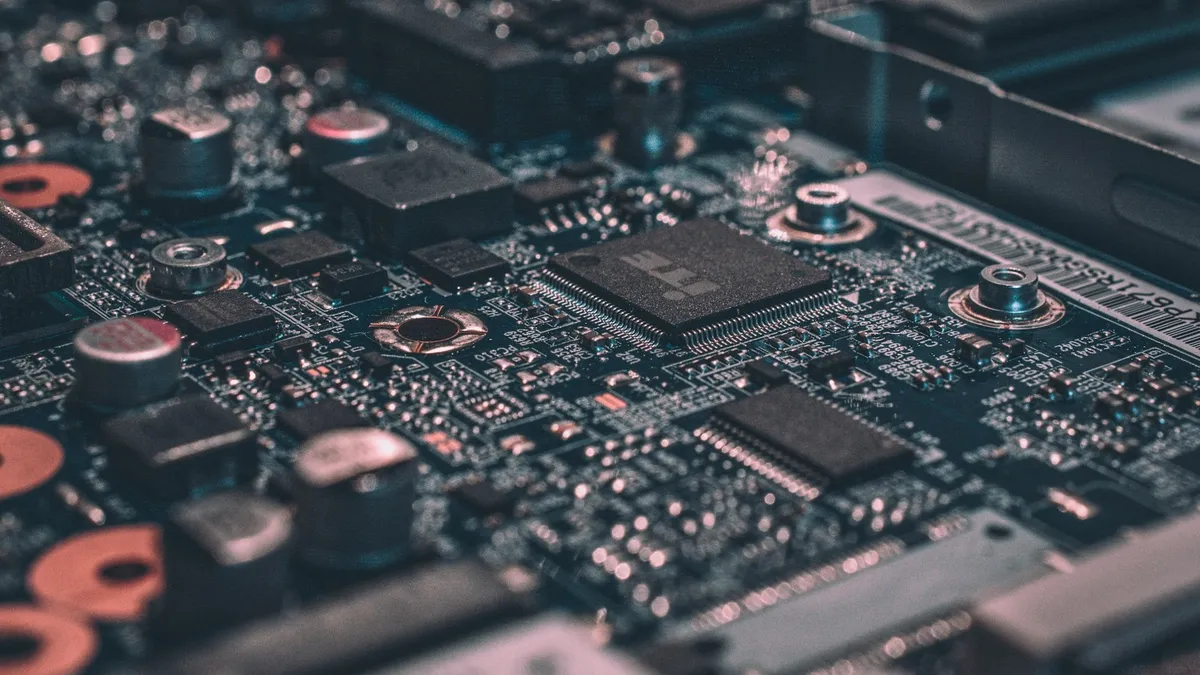The China AI Chip Rule is shaking up the global semiconductor industry. In a decisive move, China has effectively shut the door on major U.S. chipmakers like Nvidia, AMD, and Intel, reshaping the future of artificial intelligence and national technology independence.
According to Reuters, Beijing’s new regulation mandates that all state-funded data centers must exclusively use domestically produced AI chips, signaling a monumental shift in China’s approach to technological sovereignty.

China AI Chip Rule: A Push for Tech Independence
China’s ambition to achieve self-reliance in technology has been no secret. From electric vehicles to space exploration, the nation has consistently invested in developing local industries that can rival global powerhouses.
Now, the China AI Chip Rule represents its boldest step yet, one that cuts deep into foreign reliance by ensuring that any new state-backed AI infrastructure uses only Chinese-made chips.
This isn’t an outright ban on American technology. Instead, it’s a strategic, policy-driven limitation: international chipmakers are being phased out of lucrative government contracts that have fueled over $100 billion in public investments since 2021.
How the China AI Chip Rule Works
Under the new rule, any data center project receiving government funding must source chips exclusively from Chinese manufacturers.
-
Projects less than 30% complete must remove all foreign chips or cancel any pending purchases.
-
Facilities nearing completion will be reviewed individually to determine if they can continue using imported chips.
This phased approach gives domestic companies time to scale up production while ensuring that future infrastructure relies only on local technology.
It’s a calculated response to years of U.S. export restrictions that have limited China’s access to advanced semiconductors, a form of digital pressure that Beijing has finally chosen to counter with a decisive, homegrown strategy.
The End of an Era for Nvidia and U.S. Chipmakers
Few companies have felt the effects of the China AI Chip Rule as much as Nvidia. Once controlling up to 95% of China’s AI chip market, Nvidia’s position has now dwindled to virtually zero after these restrictions, according to CEO Jensen Huang.
The loss of access to state-funded contracts, the backbone of many major AI and data center projects, has stripped Nvidia of one of its most profitable markets.
AMD and Intel face similar challenges. With China prioritizing local alternatives, these companies must now find new global markets to offset their losses.
For the U.S. semiconductor industry, this is more than just a financial blow, it’s a geopolitical setback.
Winners of the China AI Chip Rule: Local Tech Champions
While American tech giants are being pushed out, Chinese companies are quickly filling the gap. Firms like Huawei, Cambricon, MetaX, and Enflame are emerging as national champions in the AI chip space.
These local players now have an unprecedented opportunity to expand, innovate, and dominate the domestic semiconductor industry, one that was previously dependent on American imports.
Huawei, for example, has already made impressive strides with its Ascend AI chips, which are being integrated into various data centers across the country. Meanwhile, Cambricon and MetaX are pushing advancements in GPU and neural processing technologies that could rival Western counterparts in the near future.
If these companies can successfully scale production while maintaining quality and performance, China could become self-sufficient in AI hardware within a few years, something that seemed impossible just half a decade ago.
Why China Implemented the AI Chip Rule
The China AI Chip Rule is not just about economic policy, it’s about national security and technological control.
For years, U.S. export bans and sanctions have created uncertainty for Chinese tech firms, limiting their ability to source critical hardware. Each new wave of restrictions pushed Beijing closer to the realization that dependence equals vulnerability.
By mandating domestic chip use, China ensures that its AI progress cannot be easily disrupted by foreign governments or external trade policies.
This rule aligns with China’s broader Made in China 2025 initiative, which focuses on achieving self-reliance in key sectors like AI, robotics, and advanced manufacturing.
Global Implications of the China AI Chip Rule
The global tech industry is watching closely. The China AI Chip Rule could have ripple effects across the supply chain, pushing more nations to invest in local semiconductor production.
If successful, China’s strategy might inspire similar policies in other regions seeking independence from U.S.-based chipmakers.
For Western companies, it’s a wake-up call to diversify and innovate beyond the Chinese market. For China, it’s a bold assertion that the future of AI leadership will not be dictated by external influence.

Challenges Ahead for China
Despite its ambitious plan, the China AI Chip Rule comes with hurdles.
Developing chips that match the efficiency and computing power of Nvidia’s or AMD’s latest GPUs is no small feat.
While local firms are catching up, experts note that it could take years of R&D before Chinese chips can fully rival Western products in terms of scalability and AI training capacity.
However, with the government’s full backing, both financially and politically, China’s momentum is undeniable.
